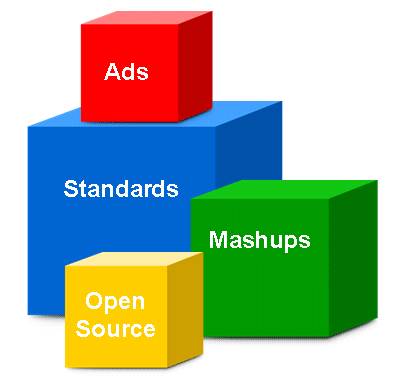At its developer conference Apple announced that the forthcoming iPhone will support Web 2.0 applications. In this context, “Web 2.0” means at a minimum an embedded web browser (Safari) that runs JavaScript, but that’s no big deal; we expected nothing less. It’s at least a little more than that though:
Developers can create Web 2.0 applications which look and behave just like the applications built into iPhone, and which can seamlessly access iPhone’s services, including making a phone call, sending an email and displaying a location in Google Maps.
The emphasis is mine. This implies some sort of hole in the sandbox, but web apps on the iPhone needs more than just the ability to make phone calls if they are going to be useful. They need to work offline. In fact, a mobile phone (ironically) is one environment where offline web apps will be particularly useful. Nobody is always-on when travelling; it varies from mostly on (urban travel) to mostly off (trains, planes). As a regular train traveller, I find attempting to run web apps on a mobile utterly frustrating.
Fortunately Google has come up with an answer to this with its Gears initiative. Here’s how you write a good Gears app:
- Write your app to work offline.
- Add synchronization with the server that happens transparently when connected.
This is perfect for a mobile app. Running web apps rather than local apps also bypasses one of the main obstacles to mobile development: the need to get your binaries approved by a telecom provider before they can be installed.
Now, I have no idea whether Apple plans to include Google Gears, or an equivalent, in the iPhone (I’m not at WWDC). But I do think it is a great idea, for this or any mobile device. Combine it with Flash or Silverlight and we will wonder why we ever wanted more.

